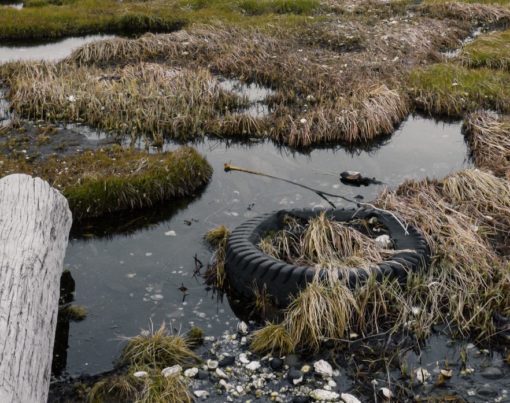
Fun Rover
May 17, 2021
Search
Popular Articles
8 Almost Useless Land Rover Mods
11th June 2014
Updated: What Makes a Defender Iconic?
29th November 2011
If you’re ever in a car accident, you may be facing significant damage to your vehicle. Even when that damage is mostly repaired, it can still diminish your vehicle’s value.

That’s where a diminished value claim could become relevant, and the following are things to know.
The Basics
After you’re in a car accident, even if you have your car repaired and it’s essentially back to its regular condition, the value may be diminished. Diminished value is a reference to the difference in the market value of your vehicle before an accident compared to after one.
If you or the other driver you’re involved in an accident with has car insurance, then you may have coverage to get your car back to the condition it was in before the loss. When a car is in an accident there’s an automatic decline in its worth. That means the owner might be able to file a diminished value claim to get back some of that lost value.
If your claim is successful, then as the vehicle owner, you would receive the difference between the value of your car before and after your wreck as a dollar amount.
You can think about what it’s like when someone is buying a car to understand this situation. If a potential buyer knows a car has been in an accident, they’re going to see its resale value as being lower.
Even when a vehicle is fully repaired at a dealership using authorized original parts, still there is diminished value.
Types of Diminished Value
There are three main types of diminished value.
There’s something called immediate diminished value.
This refers to the difference in the trade-in or resale value of the car from before the accident to after the repairs have been made following the accident.
Another type is inherent diminished value.
This follows the assumption that a vehicle is repaired to its original condition, except now it’s known as a vehicle that’s been in an accident. This will influence how much you can get if you try to sell the car or trade it in.
The third is repair-related diminished value. This is a reference to the value loss that comes specifically from the quality of the repairs done to the vehicle.
For example, maybe aftermarket parts were used in the repairs, and that then leads to a loss of value for the vehicle.
What is a Diminished Value Claim?
A diminished value insurance claim is when you ask your auto insurance company to pay you the difference between your car’s value before your accident and the current value after the accident. If you have a newer car, this amount can end up being thousands of dollars.
Whether or not your insurance company compensates you for diminished value if you file a claim depends on a variety of factors. Where you live, and the circumstances are relevant.
Every state has its own policies for diminished value, and there are differences between insurance companies too.
If you weren’t responsible for an accident, you’re more likely to get your diminished value claim paid.
If someone else is responsible for the accident leading to your loss, then you might be able to go to the person’s insurance company who bears responsibility, and ask them to pay the claim.
It’s easier to start with your insurer first, though.
How Is Diminished Value Calculated?
The majority of insurance companies use a formula called 17c to calculate diminished value.
Some insurers may modify this formula and use that instead.
First, you get your car’s value from the National Automobile Dealer’s Association website (NADA).
Factors like year, condition and model affect its value.
Then, you calculate what’s called the base loss of value. Usually, the insurance company will use a 10% cap, which is the base loss of value.
What this means in simpler terms is that the maximum amount for a claim of diminished value is 10% of whatever the NADA appraisal would be.
From there, you apply a damage multiplier, which goes up to one for severe damage.
Then, you use a mileage multiplier based on how many miles your vehicle has. More miles reduce how much you might get on a diminished value claim.
If you want to file this type of claim, you might get started by contacting your state department of insurance. They can tell you what the particular laws are where you live, and you can figure out who you need to file a claim with.
About Us
FunRover is a place for Land Rover enthusiasts to gather as a community and discuss the best 4x4 vehicles ever produced. We're building a library of high quality resources & articles to help owners along in their Land Rover ownership.
Popular Posts
8 Almost Useless Land Rover Mods
11th June 2014
Updated: What Makes a Defender Iconic?
29th November 2011
How to Plastidip your Land Rover Defender
19th August 2014





